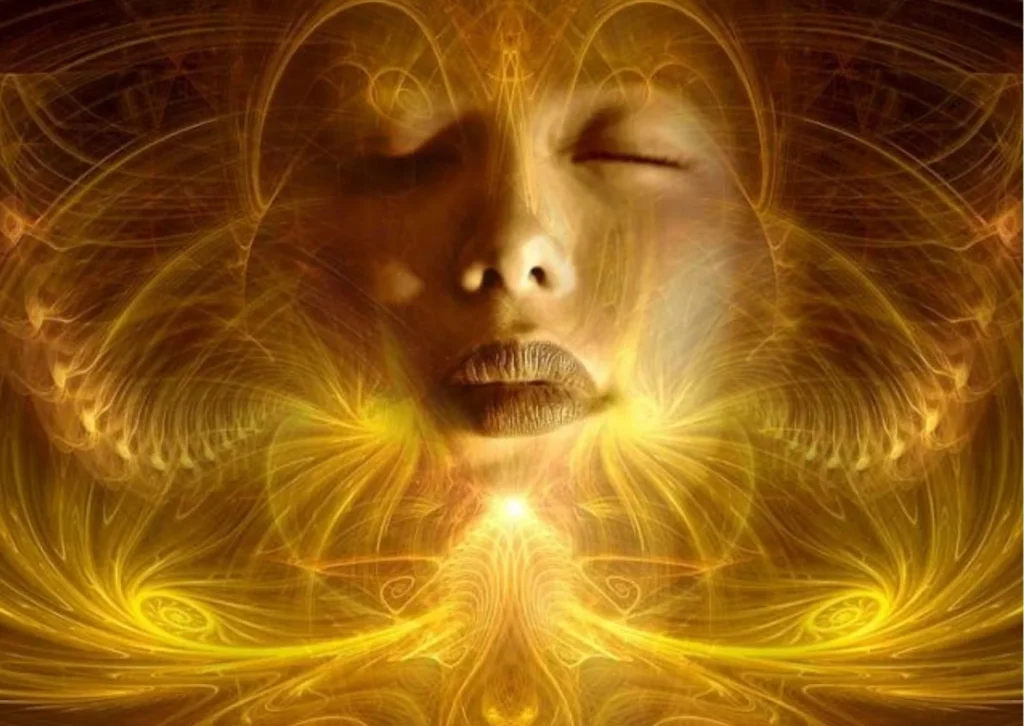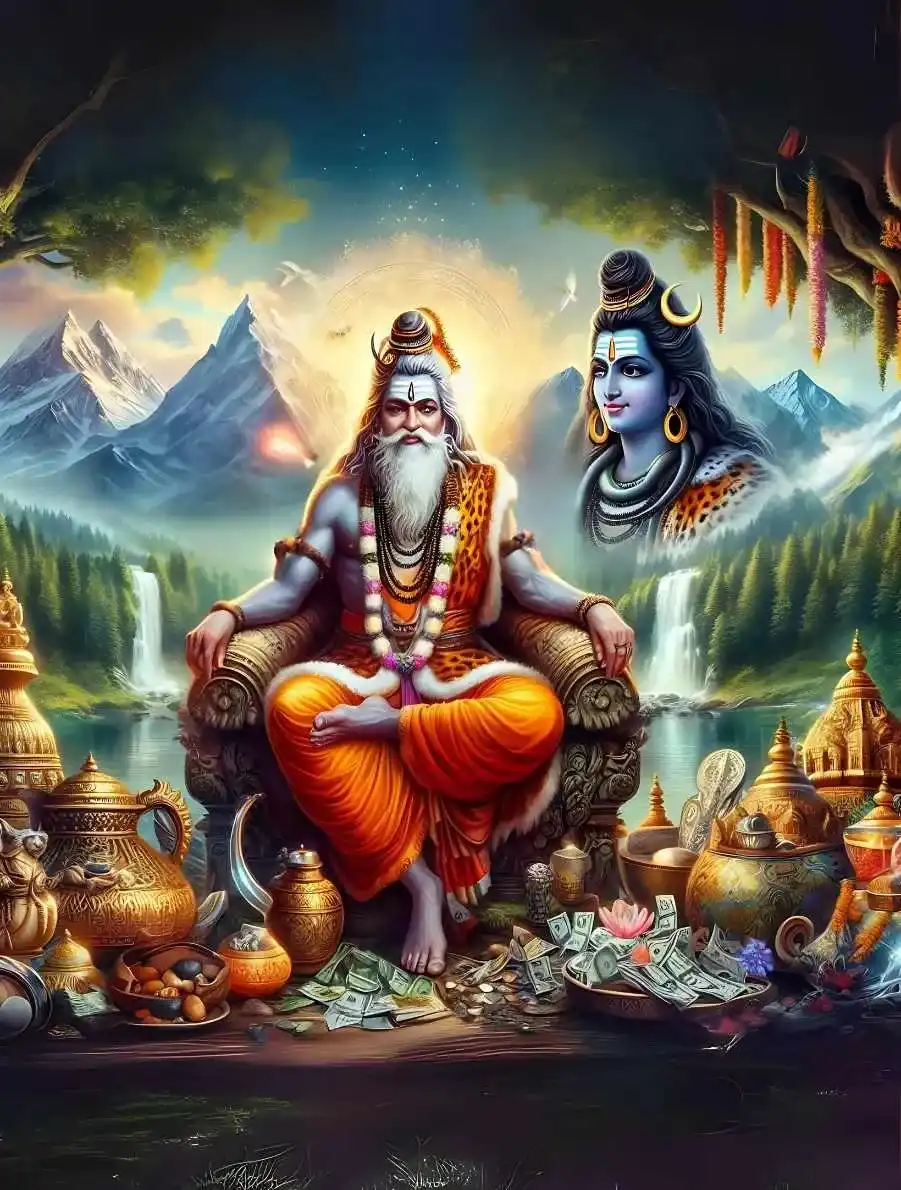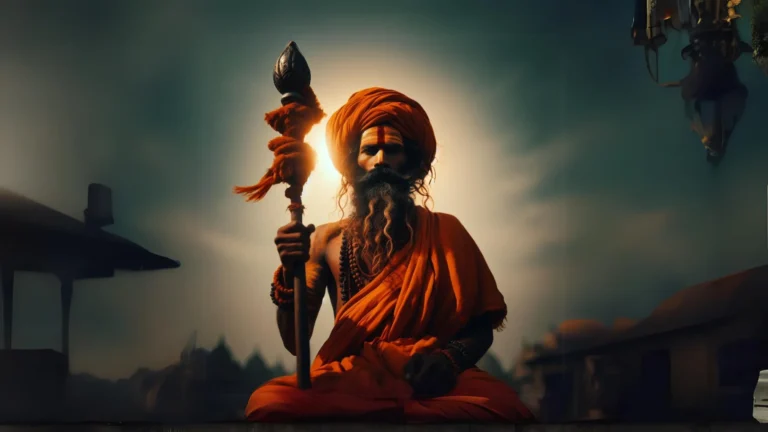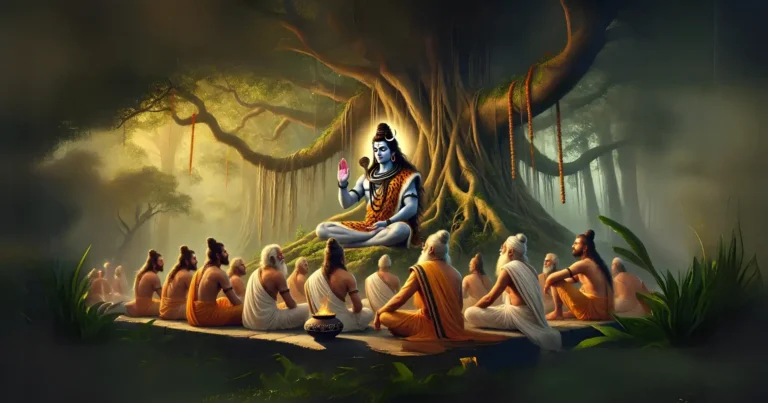Please Like the Blog and Share it for Maximum Reach
Table of Contents
Defining Viveka
What is Viveka?
Viveka is the charactersitic of the soul, through which a person attains utter discrimination whereby one is able to tell what is conducive for one’s inner development, through Jnana, Bhakti and allied Practices. This in turn becomes the stepping stone to attain spiritual wisdom. Viveka is a direct outcome of Vairagya, following strict instructions of a God Realized Guru. Viveka is the indispensable stepping stone towards Moksha.
How can one attain Viveka?
The simplest way to attain Viveka in this age of Kali is Vairagya and Sharanagati towards a God-Realized Sadhu/Guru.To develop Viveka, one has to withdraw one’s senses that agitate them and instead apply it to things which are favourable towards attaining Bhagavan. The mind has to be purged of all its poison and hypocrisy following strict instructions of the Guru. Another important point is to meditate on the do’s and don’ts in material life, and do regular Satsanga with the Guru. Keeping in touch with the Guru at all times, alone develops one’s Viveka.
Attainment of the Self
Spirituality in its truest sense means attainment of the Self. In either words it can also be defined as a transition from Prakriti to Sanskriti. Though the popular definition of Samskriti is culture, on further investigation it is connected with the word Samskar which also means perfection.
Fundamental Human Nature is Prakriti
On the other hand we have Prakriti which means the natural state. It comprises of unconscious psychological patterns, impulses, thoughts, habits, etc.
We develop them over constant engagement with the external world, and internalizing our notions, opinions, jusgements and the conditioning of people around. Prakriti has a deep effect on us also due to the influence of time.
What Are Vrittis?
Prakritik or mundane feelings erupt naturally at a particular age, as the body responds to changing time to execute its encoded functionalities. Feelings that may not be in our conscious mind surface up due to Vrittis or impressions in the mind that has piled over millions of lifetimes. So, the mind is continuously being programmed to behave in certain ways.
This overexposure with matter has plunged the mind in worldliness and has led us to assume that being rooted in instinctual nature is normal. Just like how darkness is natural only until we open our eyes, our interaction with Prakriti is natural only until we wake up to our spiritual self and realizes our true purpose. Thus, what we have labelled normal today is infact abnormal. The process of correcting our abnormalities, calls in for discipline.
7/8 Questions from Sanatana Dharma
The scores generated in this Quiz may or may not be absolute. There may be right or wrong answers to each Question. A percentage towards 100 indicates that you are more aligned to the overall subject matter.
How can We Receive Divine Energy?
To qualify as perfect recipients of divine energy, it necessitates certain amount of purity and distaste towards Prakriti. Because, Prakriti imposes on us, the instinctual self that is incompetent to carryout spiritual discipline.
Just like how an excellent student refrains from all kinds of distraction, having clear in mind his goal, a spiritual aspirant must refrain from associating with Prakriti, keeping his ultimate goal that is cessation from the cycle of Birth and death in mind. The 4 fold spiritual discipline also known as (साधना चतुष्टय) Sadhana Chatushtaya facilitates a tenacious and purified mind, that can tread the spiritual path.
The Sadhana Chatushtaya
The Sadhana Chatushtaya consists of viveka, vairagya, (षड् सम्पत) shad-sampat and (मुमुक्षत्व) mumukshutva. In this video post we shall cover Vivek in detail and Vairagya in very brief. Viveka is called the keen sense of discriminating, It can be compared with a sieve that separates two juxtaposing elements, like truth from untruth, unreal from real so on and so forth.
Discrimination is a faculty that has clarity as a foundation. We cannot discriminate unless and until we have a clear goal in mind. Let us first understand Viveka and then how a clear goal is needed to exercise it.
Understanding Viveka
For example: The general opinion worldwide concerning happiness is its association with a stable job, high income, family, house, luxury, etc. People feel that acquisition of wealth yields happiness. However, it is conditioning that forces us into believing that the 2 are inseperable and are synonymous. Money has commercial value while happiness is something to do with the soul and the world of pure emotions.
While money is gross, happiness is extremely subtle. In this example Viveka comes into play when we are able to discriminate between money and happiness, when we realize that happiness is independent of money and that they are not even remotely connected. The false notions and popular beliefs that have roots in ignorance thus get knocked off by the exercise of Viveka.
Earlier I said: We cannot discriminate unless and until we have a clear goal in mind. Let me elucidate with an example. A student who strives to secure good grades will spontaneously limit his playing hours, study for more time, disengage from social media and will interact lesser with others. This is an automatic discrimination the student makes. Other than studies nothing holds significance to him.
Thus, this is Viveka wherein the goal of attaining the Surpeme Self (Brahman) is fixed and actions of contrasting nature become redundant. Viveka as a faculty manifests as an outcome of grace and selfless merits rendered unto Bhaagwan in previous births. Let me give you an insightful analogy to absorb the essence of Viveka.
An Example of Viveka in Action
Consider a person watching a movie on screen. The screen represents Brahman, the eternal, unchanging, reality. Just as the screen remains unaffected no matter what is projected onto it, Brahman is ever-present and unaffected by the changing world (Maya). The screen is always there, even when the movie ends or changes.
The movie represents the phenomenal world (Maya or Samsara), which is full of movement, change, and illusion. Characters, events, and emotions play out on the screen, but none of it is real—it’s just a projection. The movie, with all its peaks and lows, is temporary and dependent on the screen for its existence. Without the screen the movie shall cease to exist.
Viveka is intrinsic in the wise spectator, as he distinguishes between the screen and the movie, the real (Brahman) and the unreal (world). In the analogy, the wise understands that while the movie may seem real and captivating, it is only an illusion.
The screen, like Brahman, is the only constant reality, and the movie that is a representation of the world of appearances is transitory and unreal. Thus, when Viveka blossoms, the spiritual aspirant has only one-pointed goal and that is Brahman realization, all other goals become redundant.
With this matured power of discrimination, the sadhaka severs ties with activities, thoughts and all other things that cause impediments on one’s spiritual journey. This is called Vairagya or detachment.
Something About Vairagya
The most conventional definition of Vairagya among the masses points towards abandoning our family and retiring to the forest. The word Vairagi, used for a renunciant is what comes to mind when we discuss Vairagya. However, Vairagya is not particularly about relinquishing family, house or anything on the external platform. It is extremely subjective and contextual. Moreover, its application varies from person to person. We shall discuss this in depth, with several examples in an upcoming video post.
Please Like the Blog and Share it for Maximum Reach









